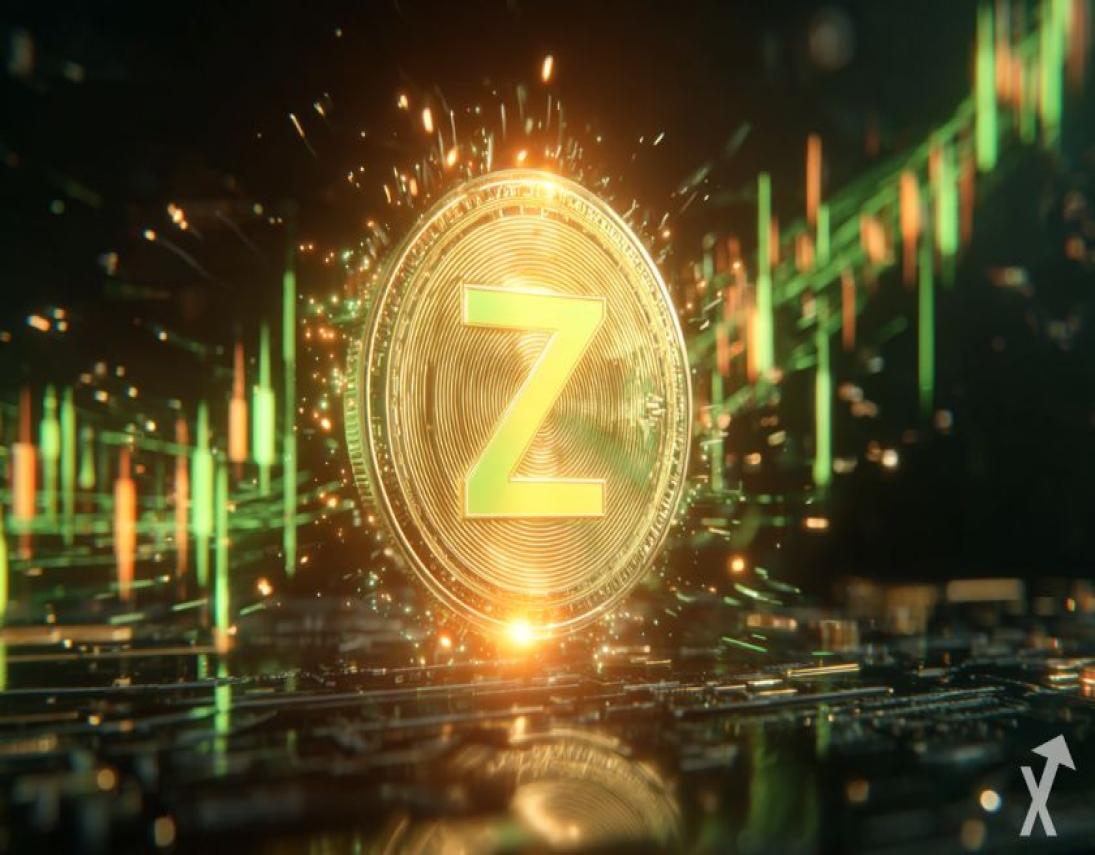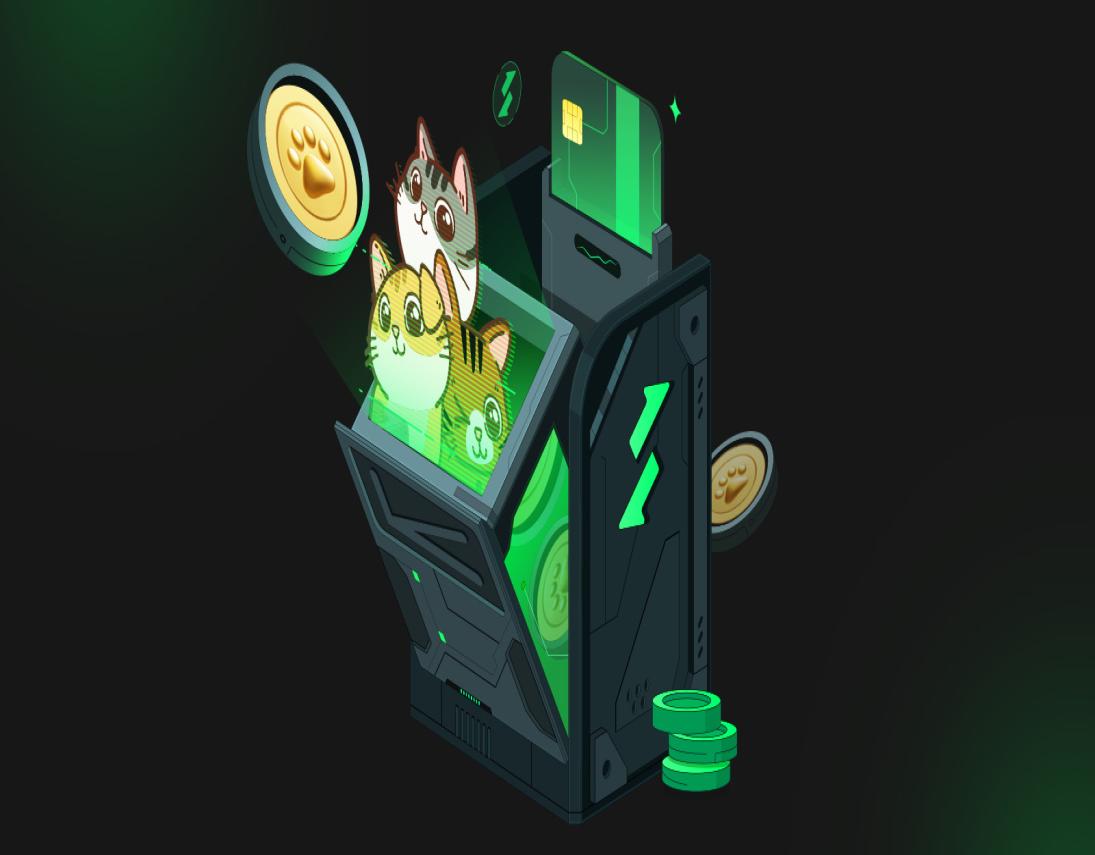
Published At : 08 Nov, 2025
The Anatomy of a Depeg: What Caused the Collapse of USDX?
the crypto market was shaken when the USDX stablecoin experienced a catastrophic depegging, plummeting from its intended value of $1 to a low of $0.37. This 63% drop is one of the most significant stablecoin failures of 2025, sparking widespread panic and intense scrutiny. On-chain investigators quickly pointed finger at Flex Yang, the founder of Stables Labs, claiming that he was involved in a calculated scheme to deplete liquidity from several prominent DeFi protocols. The market buzz quickly spread. Why did stablecoins designed for stability fall so dramatically?
A report from a vigilant crypto analyst on X (formerly Twitter) surfaced on November 5, detailing suspicious wallet activity directly linked to Flex Yang. It was observed that these addresses systematically drained large amounts of liquidity in USDC, USD1, and USDT. How? It is to use sUSDX and USDX itself as collateral across the three lending platforms: Euler, Lista, and Silo. Analyst Arabe Bluechip said, "Someone used sUSDX/USDX as collateral to deplete the liquidity of all USDC/USD1/USDT, and they are not going to pay it back and are paying 100% interest on borrowing." He emphasized the inexplicable strategy. This unusual behavior led to substantial interest incurred without the intention of repayment, fueling suspicions of fraudulent activities rather than mere transaction errors.
DeFi Protocols on Fire: Lista DAO's Quick Response
As the accusations escalated, the DeFi protocols involved found themselves in a precarious position. Lista DAO, a leading lending platform, confirmed the unfolding crisis at 9:23 a.m. GMT on November 6. Their internal monitoring detected unusual activity on both MEV Capital's USDT Vault and Re7 Labs' USD1 Vault, both of which showed "abnormally high borrowing rates without repayment activity." Lista DAO wasted no time and publicly urged MEV Capital and Re7 Labs to take immediate action, demanding transparency and cooperation to protect user assets.
With a swift display of decentralized governance, Lista DAO initiated an emergency vote, leading to the overwhelming passage of proposal LIP022. This significant move allows the protocol to swiftly liquidate problematic positions, a move designed to mitigate further damage and protect its user base. The community's decisive actions underscored the importance of rapid response mechanisms in the volatile DeFi landscape. Lista later confirmed that the liquidation process was "almost complete" and brought some stability to the affected markets.
Re7 Labs, another protocol involved in the incident, collaborated commendably on the community's efforts. They have taken "proactive measures for the best interests of users," such as significantly reducing the interest rate on the USDX/USD1 market to just 3%. The remaining positions related to the depegged stablecoin were subsequently transferred to public liquidation pools, further demonstrating its commitment to transparency and user protection post-crisis.
The broader impact of the USDX stablecoin crash
The dramatic USDX stablecoin crash has sent shockwaves through the broader crypto market, sparking a heated debate about the robustness of collateral management in decentralized finance. USDX's trading volume exploded during the crisis, and the token's price fluctuated wildly throughout the day, serving as a poignant reminder of the inherent risks of stablecoins losing their peg. The incident has reignited discussions about how effectively DeFi protocols can withstand coordinated attacks and alleged internal exploits, prompting developers and communities to reevaluate their risk parameters and emergency response frameworks.
While we saw several stablecoin depegging events in 2025 (more than nine such occurrences have been reported), most resolved within hours with minimal deviations. However, the collapse of USDX stands out as one of the most serious of the year, not only because of its scale but also because of serious allegations of founder-led liquidity depletion. It's a poignant reminder that even seemingly stable assets can be vulnerable, underscoring the critical need for continuous vigilance and robust auditing in the DeFi space. The entire ecosystem is keenly observing how these vulnerabilities are addressed to prevent future occurrences.
Silence from Stables Labs and the Road Ahead
After a serious depegging and its serious allegations, Stables Labs and its founder, Flex Yang, have maintained a notable silence. As of November 6, 2025, the company has not issued an official statement addressing allegations of liquidity depletion or providing an explanation for USDX's depegging. This lack of communication has only intensified concerns within the DeFi community, with affected users and observers seeking answers and clarity on potential recovery plans.
The community eagerly awaits transparency from Stables Labs, expecting a detailed explanation of what happened and, more importantly, specific strategies to compensate or assist those affected by the depegging. This event underscores greater accountability from the project's founders and the need for robust mechanisms for community oversight. As traders seek to navigate such volatile markets and identify potential risks or opportunities, platforms like cryptoview.io provide comprehensive tools for real-time data analysis and market insights. In an ecosystem where events like USDX's depeg can unfold rapidly, staying informed is paramount.





